
OceansArt.US
|
Ever think where this name came from? How was this first used?
Kayaks (Inuktitut: qajaq) were originally developed by indigenous people living in the Arctic regions, who used the boats to hunt on inland lakes, rivers and the coastal waters of the Arctic Ocean, North Atlantic, Bering Sea and North Pacific oceans. These first kayaks were constructed from stitched animal skins such as seal stretched over a wooden frame made from collected driftwood. Kayaks have been used for at least 4000 years .
The word "kayak" means "man's boat" or "hunter's
boat",
and native kayaks were a very personal craft, built by the man who would
use them (with assistance from his wife, who would sew the skins) fitting
his measures, for maximum maneuverability. A special skin jacket, Tuilik,
was then laced the kayak, creaing a waterproof seal. This made the eskimo
roll the preferred method of regaining posture after a capsize.
The builder used found materials and anthropomorphic measurements, using
his own body, to create a kayak conforming closely to his own body. For example
- typically the length was three times the span of his outstretched arms.
The width at the cockpit was the width of the builder's hips plus two fists
(and sometimes less). The typical depth was his fist plus the outstretched
thumb (hitch hiker).
Most of the Eskimo peoples from the Aleutian Island eastward to Greenland
relied on the kayak for hunting a variety of prey — primarily seals,
though whales and caribou were important in some areas. Skin on frame kayaks
are still being used for hunting by Inuit people in Greenland. In other
parts of the world homebuilders are continuing the tradition of skin on
frame kayaks albeit with modern skins of canvas or synthetic fabric.
Contemporary kayaks trace their origins primarily to the native boats
of Alaska, northern Canada, and Southwest Greenland. (Source: Wikipedia)
See all the free photos: Photo Catalog. Click on the picture for a FREE larger version. Read the licensing rules for your needs. There are hundreds of high quality free photos: use the Google/site search engine. See our digital photography tips : DOs and Don'ts; Choosing a Camera and Accessories , Downloading Photos, and Editing Photos. See our digital photography tips : DOs and Don'ts; Choosing a Camera and Accessories , Downloading Photos, and Editing Photos.
Visit TechnologySite.org for free photos and lists of inventions and technology and learn Climate Change Facts to see if you are at risk from global warming.
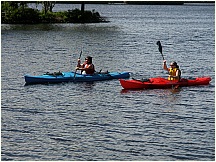 kayak01.jpg Kayaks in the Charles River, Boston, Mass. |
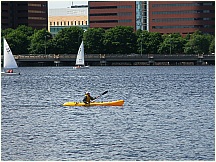 kayak02.jpg Kayak in the Charles River, Boston, Mass. |
|
Books
about Kayaks |
|
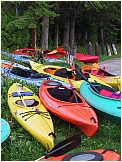 kayak03.jpg Kayaks at Lake Placid, NY |
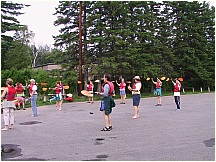 kayak04.jpg Kayak training at Lake Placid, New York, USA |
|||
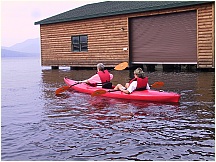 kayak05.jpg Kayak at Lake Placid, NY |
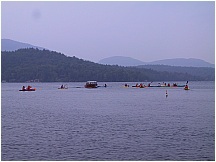 kayak06.jpg Kayaks convention at Lake Placid, NY |
|||
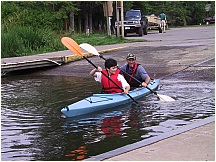 kayak07.jpg Learning to Kayak at Lake Placid, NY |
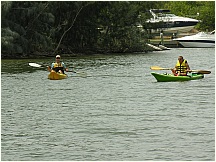 kayak08.jpg Kayaks on the Barge Canal, Merritt Island, Florida, USA |
|||
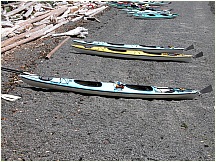 kayak09.jpg Kayaks on shore at Orcas Island, Puget Sound, Washington |
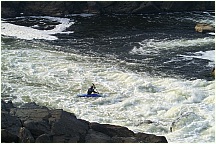 kayak10.jpg Kayak in the Potomac River, Great Falls, Virginia |
|||
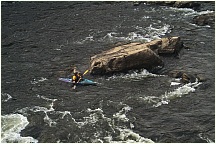 kayak11.jpg Kayak in the Potomac River, Great Falls, Virginia |
This page last updated or reviewed in January 2015
Visit http://www.TechnologySite.org for free
photos and lists of inventions and technology. Visit http://www.ClimateChangeFacts.info for unbiased
information about climate change. Visit http://www.ClimateCooling.org for eye-opening
biased information on global cooling and climate change and visit http://www.OceanAssoc.com for fisheries
and oceans consulting services.